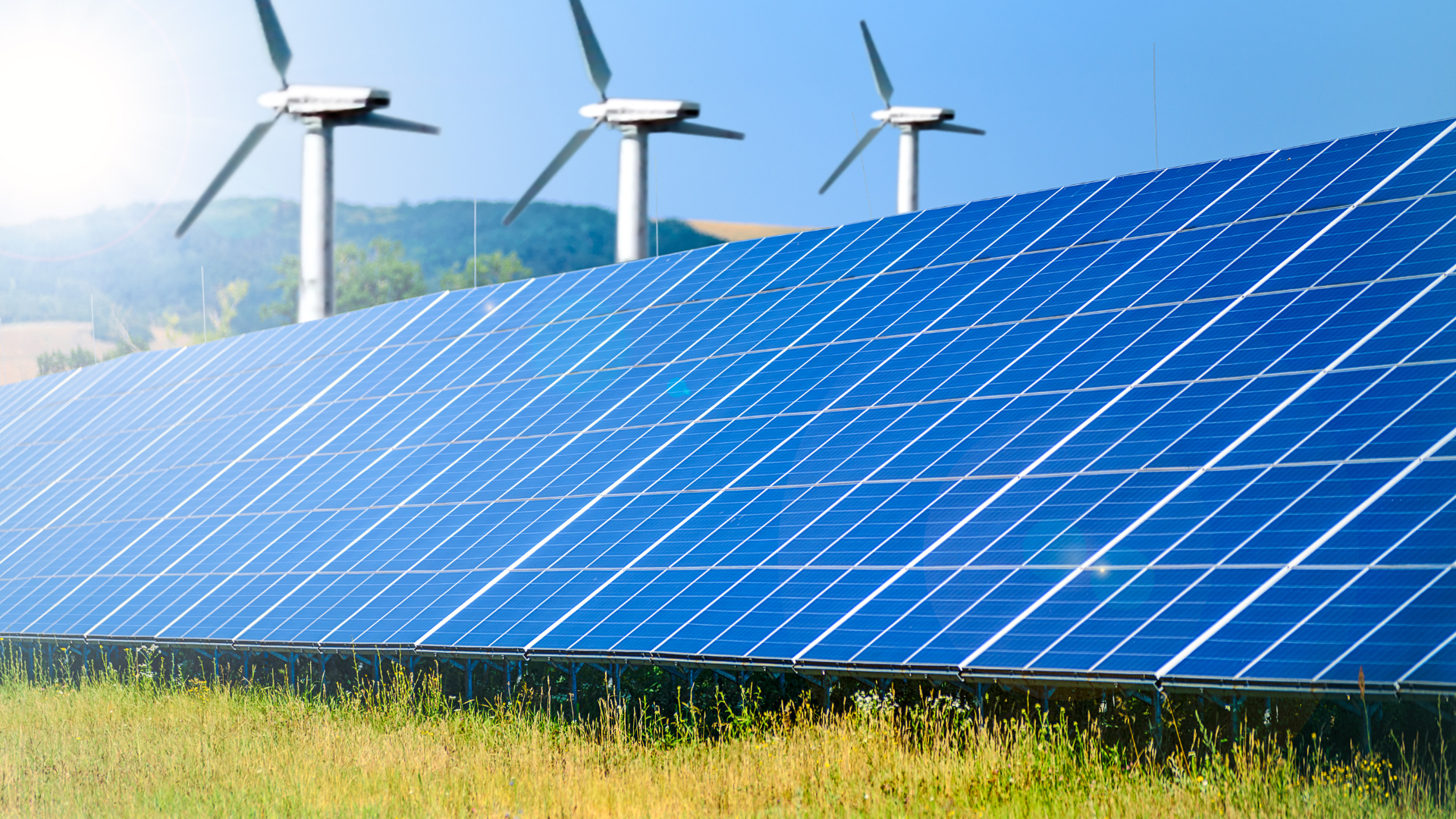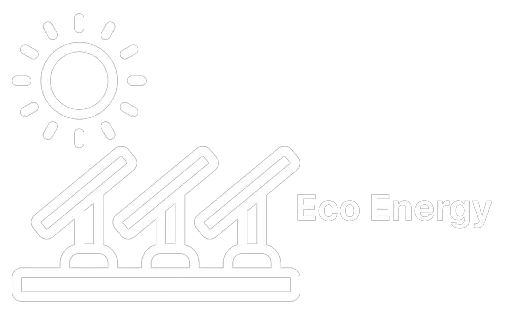Smart HVAC Control: How Modern Systems Cut Costs and Improve Comfort

Heating, ventilation, and air conditioning (HVAC) systems account for a significant portion of commercial energy use in Minnesota. From long, frigid winters to hot and humid summers, businesses rely heavily on HVAC to maintain comfortable and productive indoor environments. Unfortunately, outdated systems or manual controls often lead to wasted energy, high utility bills, and unnecessary wear on equipment.
Smart HVAC control systems provide a solution. By combining advanced sensors, automation, and data analytics, these systems improve energy efficiency while enhancing comfort for occupants. For Minnesota businesses looking to reduce utility costs and support sustainable operations, smart HVAC control is a game-changer.
What Is Smart HVAC Control?
Smart HVAC control refers to the use of advanced technology to automatically monitor and adjust heating, cooling, and ventilation systems. Unlike traditional thermostats or manual controls, smart systems rely on:
- Sensors: Detects temperature, humidity, occupancy, and air quality.
- Programmable thermostats: Learn schedules and adjust settings dynamically.
- Building automation integration: Connect HVAC with lighting, security, and other systems.
- Cloud-based analytics: Provide real-time monitoring and performance optimization.
Instead of running at fixed settings, smart HVAC adapts to actual conditions, reducing waste while maintaining comfort.
Why HVAC Efficiency Matters in Minnesota
Minnesota’s climate creates some of the most demanding conditions for HVAC performance in the United States:
- Long heating season: Cold winters often push heating loads for six months or more.
- High humidity summers: Cooling systems must also manage indoor humidity, not just temperature.
- Wide seasonal swings: Rapid changes from spring to fall require flexibility in building controls.
- High energy costs: Commercial utility rates continue to rise, making efficiency critical for businesses.
Without smart controls, many HVAC systems in Minnesota run at full capacity unnecessarily, driving up utility bills and straining equipment.
Key Features of Smart HVAC Control Systems
1. Occupancy-Based Adjustments
Sensors detect whether rooms or zones are occupied and adjust heating/cooling accordingly. Empty conference rooms or offices no longer waste energy.
2. Zoned Heating and Cooling
Buildings can be divided into zones, each with independent control. This is especially useful for large Minnesota office buildings or mixed-use facilities where usage varies by floor or tenant.
3. Remote Access and Monitoring
Smart thermostats and building automation platforms allow managers to monitor and control HVAC systems remotely via apps or web dashboards.
4. Predictive Maintenance
Smart systems track performance data and send alerts when equipment efficiency drops, preventing costly breakdowns.
5. Demand Response Integration
Smart HVAC controls can participate in demand response programs offered by Minnesota utilities, reducing load during peak demand in exchange for financial incentives.
Benefits of Smart HVAC Control
1. Energy Cost Savings
Studies show that smart HVAC systems can reduce energy use by
20–40 percent compared to traditional systems. For Minnesota businesses facing high heating loads, this can translate to tens of thousands of dollars in annual savings.
2. Improved Comfort
Smart controls maintain consistent indoor temperatures and humidity, reducing hot and cold spots. This improves employee productivity, tenant satisfaction, and customer experience.
3. Extended Equipment Life
By optimizing run times and preventing overuse, smart controls reduce wear and tear on boilers, chillers, and rooftop units, extending their service life.
4. Sustainability and Compliance
Smart HVAC systems reduce greenhouse gas emissions and make compliance with Minnesota’s benchmarking ordinances easier. Businesses pursuing ENERGY STAR or LEED certification benefit from automated performance tracking.
5. Integration with Other Systems
When integrated with building automation systems (BAS), smart HVAC controls can coordinate with lighting, security, and access systems for comprehensive efficiency.
Real-World Applications in Minnesota
Minnesota businesses across sectors are adopting smart HVAC controls to manage costs and improve operations. Examples include:
- Office Buildings: Zoned systems reduce heating and cooling in unoccupied areas after hours.
- Restaurants: Smart thermostats help balance kitchen heat loads with customer dining comfort.
- Healthcare Facilities: Automated humidity and air quality controls improve patient outcomes while reducing energy waste.
- Schools and Universities: Occupancy-based controls reduce energy waste in classrooms during evenings, weekends, and summer breaks.
Retail Centers: Integration with lighting controls lowers both heating and cooling demand during off-peak hours.
Incentives for Smart HVAC Upgrades in Minnesota
Utilities across Minnesota offer rebates and incentives for businesses upgrading to smart HVAC systems or controls. For example:
- Xcel Energy: Provides rebates for energy-efficient HVAC equipment, programmable thermostats, and demand-controlled ventilation.
- Minnesota Energy Resources: Offers custom rebate programs for HVAC upgrades based on measured savings.
- CenterPoint Energy: Incentives for efficient boilers, furnaces, and building controls.
Xcel Energy Business Rebates –https://co.my.xcelenergy.com/s/business
These rebates can significantly offset upfront costs, making smart HVAC systems more affordable.
Best Practices for Implementing Smart HVAC Control
- Start with an Energy Audit – Identify inefficiencies in current HVAC performance before investing in controls.
- Prioritize High-Impact Areas – Focus on zones with high variability in occupancy or energy use.
- Integrate with BAS – Pair HVAC with other building systems for maximum efficiency.
- Leverage Incentives – Work with consultants to maximize rebates and tax credits.
Train Facility Staff – Ensure managers and maintenance staff understand how to use new systems effectively.
FAQs About Smart HVAC Control
Q1: How much can a Minnesota business save with smart HVAC controls?
Savings typically range from 20–40 percent depending on building size, usage, and baseline efficiency.
Q2: Do smart HVAC systems require replacing existing equipment?
Not always. Many smart controls can integrate with existing HVAC systems, reducing the need for full replacements.
Q3: Can smart HVAC systems work in older buildings?
Yes. With the right sensors and retrofitted controls, even historic buildings in Minneapolis and St. Paul can benefit from smart HVAC.
Q4: Will smart controls disrupt daily operations?
No. Installation and setup can usually be scheduled to avoid disruptions, and once in place, systems operate automatically.
Q5: Are smart HVAC controls only for large businesses?
No. Small and medium-sized businesses can benefit from scaled solutions, especially restaurants, retail shops, and office suites.
Why Work With Eco Energy Solutions MN LLC
At
Eco Energy Solutions MN LLC, we help Minnesota businesses implement smart HVAC controls as part of a broader energy efficiency strategy. Our team provides:
- Energy audits to identify opportunities for HVAC optimization
- BAS integration for seamless system coordination
- Assistance with rebate applications and compliance reporting
- Ongoing monitoring and support to ensure continued savings
Take the Next Step
If you’re ready to cut energy costs, improve comfort, and extend the life of your HVAC systems, consider investing in
smart HVAC controls.
Call
Eco Energy Solutions MN LLC today to schedule a consultation, or request a quote online at
https://eco-energy-solutions-mn-llc.multiscreensite.com/contact.
We proudly serve businesses in Minneapolis, St. Paul, New Hope, and surrounding Minnesota communities.



